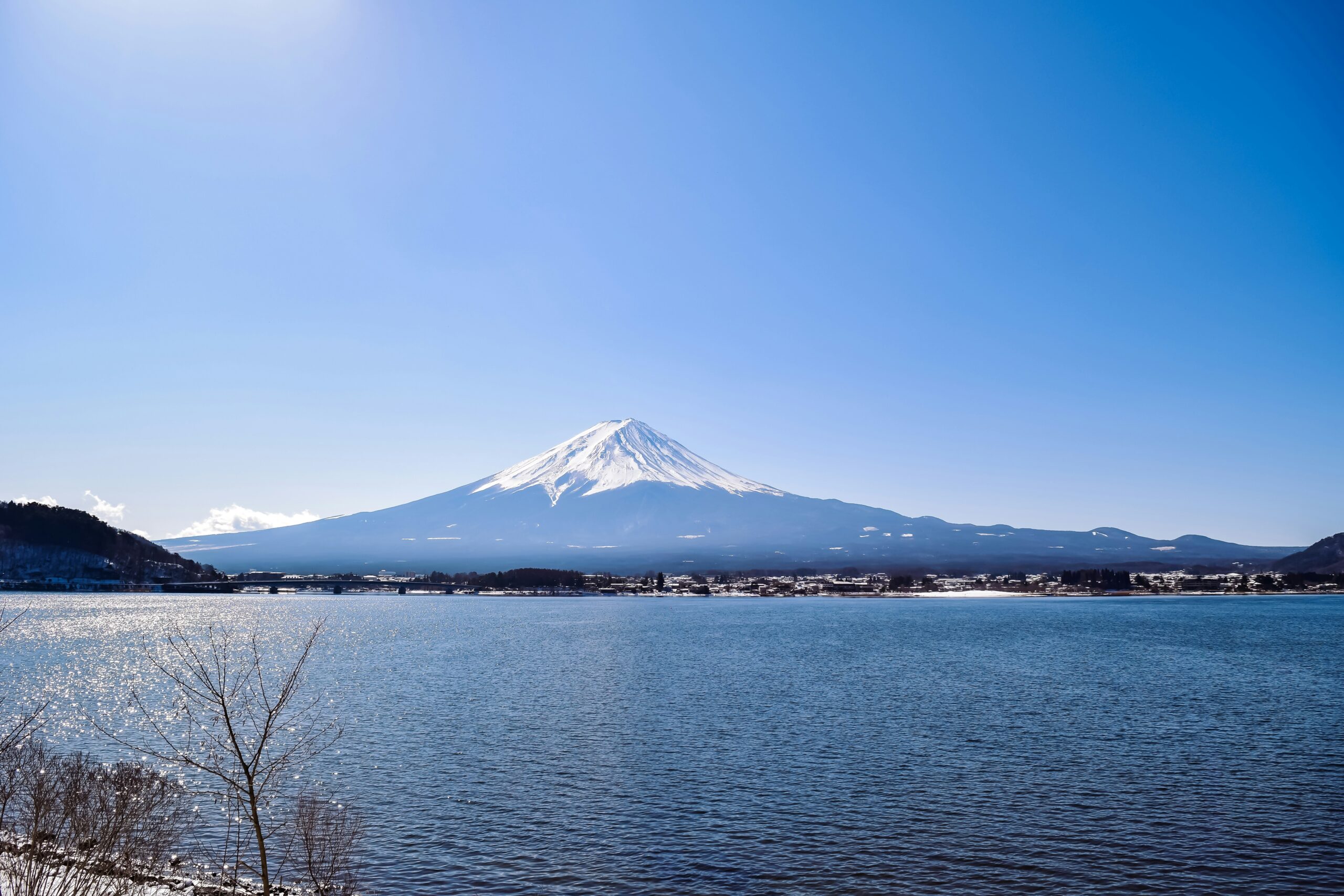The pressure at work had almost reached a breaking point.
From the office window in Berlin, I could only see gray skies and restless streets. There was no room to feel the changing seasons—let alone any shift within myself.
As the year-end holidays approached, a thought came to me:
“I want to go somewhere completely different. Somewhere quiet. Somewhere I can actually feel something.”
That was when a Japanese colleague said to me, “You should see Mount Fuji in winter at least once in your life.”
That single sentence stayed with me.
What does that iconic mountain, a symbol of Japan, look like in the cold season?
I knew almost nothing. But maybe that was a good thing.

After landing at Narita Airport and transferring through a series of trains, I arrived at Fuji Station in the soft glow of the afternoon light.
The air was sharp and cold, but refreshing.
Even from the station platform, I could already see its silhouette—enormous, still, utterly commanding.
Capped in snow, it stood in perfect contrast with the winter-blue sky. I was speechless.

My first stop was Lake Kawaguchi, one of the five lakes surrounding Mount Fuji and among the best spots to view it up close.
The winter lake was quiet, and its clear surface reflected the sunlight, sparkling like a jewel.There were few tourists; only the sound of wind and my footsteps echoed in the silence.
I sat on a bench, unable to move for a while.
The mountain just stood there—silent, steady.
And in that voiceless strength, I felt something inside me settle.
As evening set in and the cold deepened, I stopped for a late lunch before heading to my inn.
I found a small, traditional Japanese restaurant along the lakefront—a wooden exterior with handwritten signs and cloth curtains at the entrance.
Inside, the air was filled with the scent of steaming broth and the gentle aroma of tatami mats.
I ordered a dish called hōtō nabe, a local specialty from Yamanashi.
The woman running the place smiled as she said, “It’s a taste of the mountains.”
Soon, a hot pot arrived filled with thick, chewy noodles, pumpkin, cabbage, and carrots, all simmered in a miso-based broth.
It warmed me to the core.
The sweetness of the vegetables and the richness of the miso created a harmony I hadn’t known I needed. I ate in silence, savoring every bite.
Meals on a journey always seem to carry a quiet story.
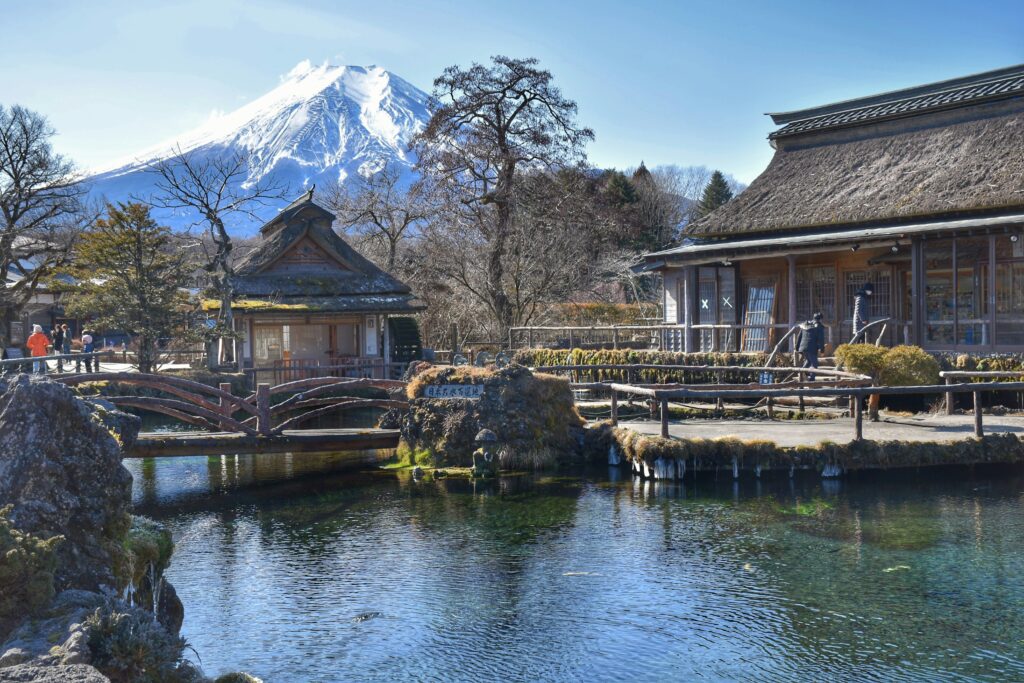
The next day, I visited Oshino Hakkai, a collection of eight spring-fed ponds formed by the meltwater of Mount Fuji.
Once used by ascetic monks for purification, the area had a sacred air.
I walked along the snow-covered paths, pausing at each crystal-clear pond.
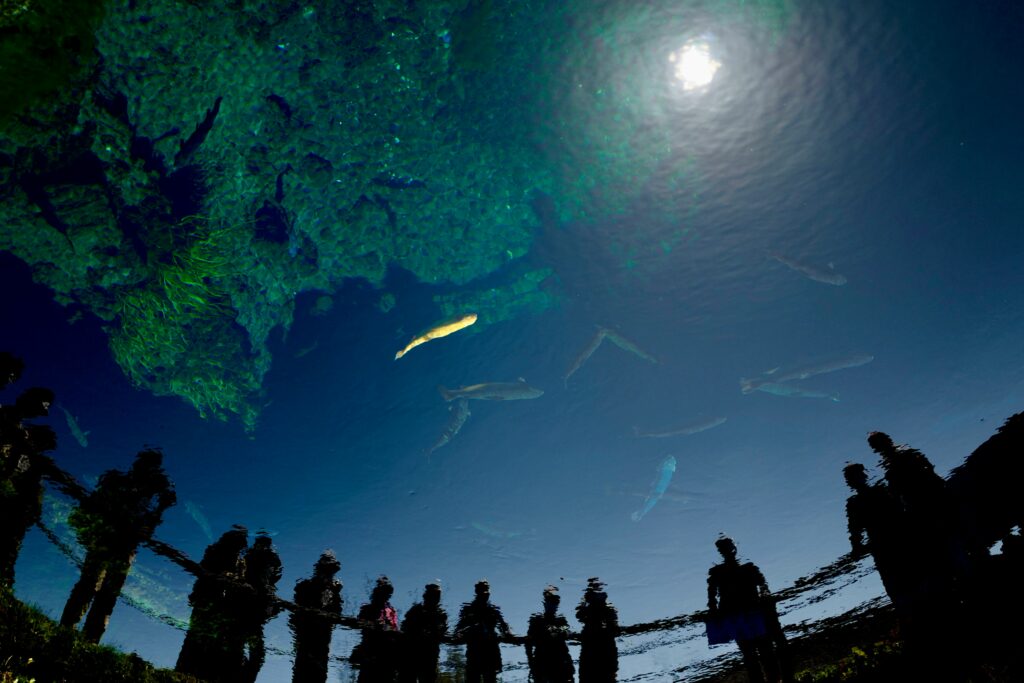
Large koi swam slowly beneath the surface; the mountain’s reflection shimmered in the still water.
Surrounded by air and water so pure, I felt the noise inside my mind begin to fade.
On the way back, I stopped in front of a small café housed in what looked like a renovated farmhouse.
Jazz drifted softly from within.
Seeking shelter from the cold, I stepped inside.
An older man stood behind the counter, short gray hair, wool cardigan, gentle eyes.
His calm demeanor immediately put me at ease.
I ordered coffee and a cake shaped like Mount Fuji—a delicate chocolate mousse dusted with powdered sugar to mimic snow.
It was rich but refined, somehow dignified in its flavor.
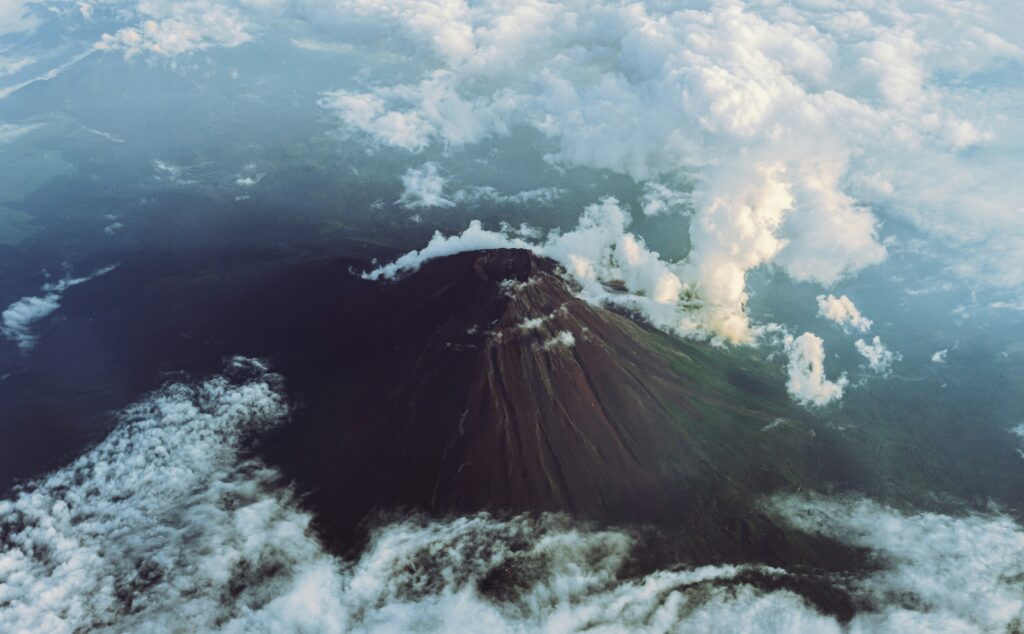
“Where are you from?” he asked quietly.
The conversation flowed naturally—where I was from, why I had come.
Eventually, I found myself admitting:
“Life’s been too busy. I forgot why I was even working so hard. That’s why I wanted to come to a quiet place in Japan.”
He was silent for a moment before speaking.
“I used to work in advertising in Tokyo. Always chasing numbers, schedules… until I suddenly fell ill. Heart problems.
So I left the city, left the job, and moved here. It was scary at first.
But looking at Mount Fuji every day, something changed.
I realized—I just wanted to be useful to someone. That’s all.”
His voice was calm, like the winter mountain outside: strong, beautiful, and never overbearing.
“You should ask yourself the same. What you’re really looking for probably isn’t printed on a business card.”
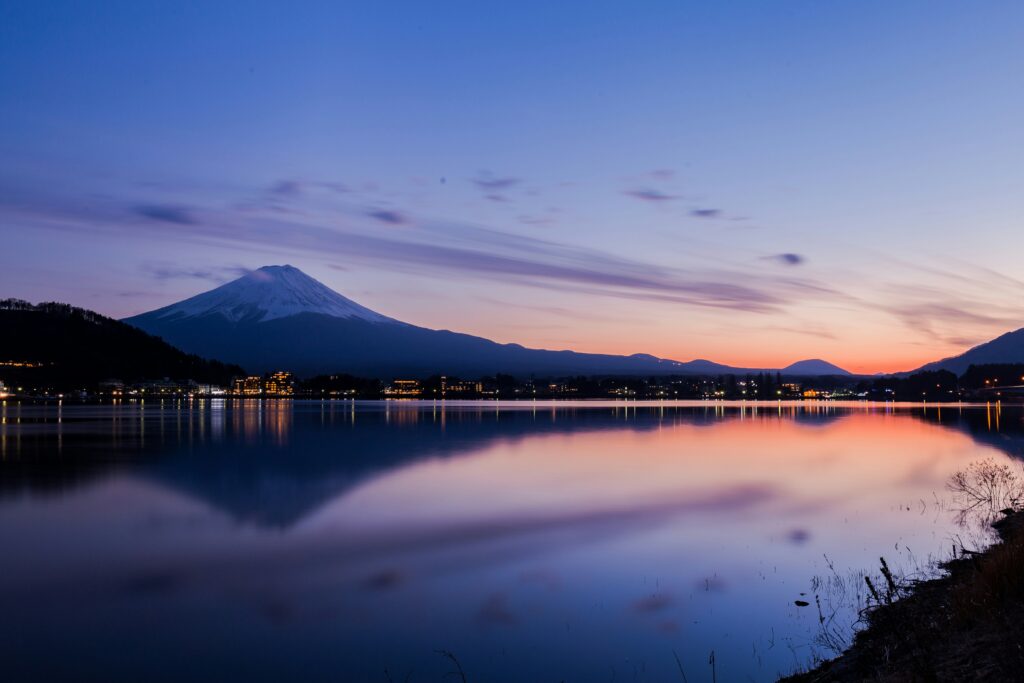
When I stepped outside, the sun was sinking and the sky had turned a soft orange.
As I walked through the quiet streets, one thought echoed in my mind:
the invisible armor of “being right” I had unknowingly worn for so long.
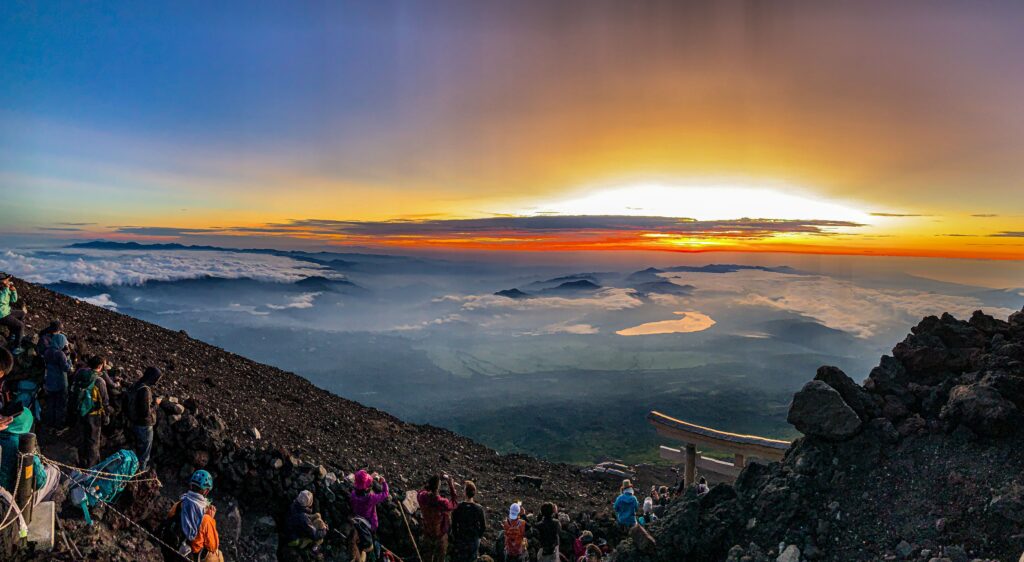
On my final day, I drove up to the fifth station of Mount Fuji—about 2,300 meters above sea level.
The air was colder, and the trees were blanketed in snow.
Below me stretched a sea of clouds. It felt as though I had risen into the sky itself.
I stood there in silence, staring at the mountain.
Mount Fuji doesn’t speak. It simply is.
But in that silence, there is undeniable strength.
It remains, unchanged, and offers a quiet mirror to whoever stands before it.
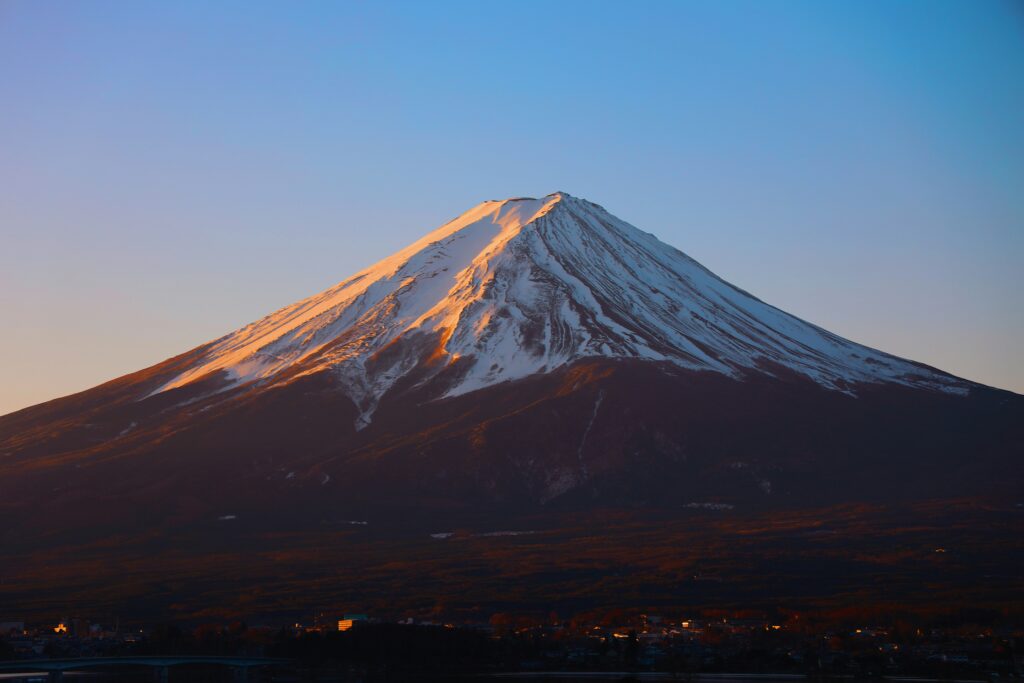
Even now, back in Berlin, that silence comes back to me in unexpected moments.
Travel doesn’t always give you answers.
But it teaches you the value of having a question.
The winter cold of Mount Fuji felt, somehow, warm.
And in letting go of something, I finally saw what I had been missing.
That became my new way of seeing the world.
Something New Travel

